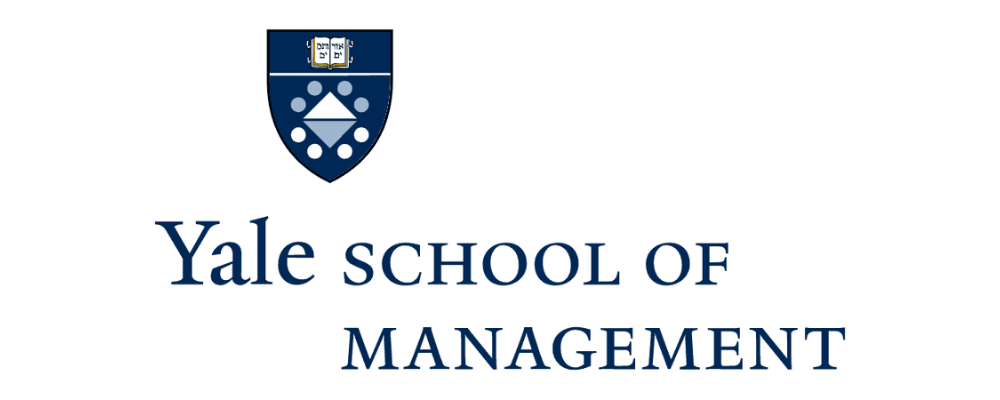
In the summer of 2015, a woman named Dawn Dorland donated a kidney to a stranger. She set up a private Facebook group to update her friends about the surgery and her recovery.
Unbeknownst to Dorland, some group members decided that sharing the news of her generosity was a form of virtue signaling and began mocking her behind her back. One of those so-called friends eventually incorporated an earnest letter Dorland had written to the recipient of her kidney into a prizewinning short story that depicted the kidney donation as an act of narcissism.
This incident was recounted in an article in the New York Times Magazine called “Who is the Bad Art Friend?” that, for a few days in the fall of 2021, became one of the main topics of discussion on Twitter. Who was the worse person, the internet wondered: the writer who appropriated Dorland’s life for her own work, or Dorland for sharing her own good deed?
Deborah Small, the Adrian C. Israel Professor of Marketing at the Yale SOM, points to the reaction—the fact that so many people thought that Dorland was somehow worthy of ridicule because she went public with a charitable act—as indicative of general attitudes about talking about charity. “People are penalized for publicizing their good deeds. It casts doubt on the purity of their motives. Perhaps they motivated to get credit, rather than because they really care.” In an earlier paper, Small called this the “braggart’s dilemma.”
When Small began to research when and how people discussed their own generosity, the self-promotion aspect bothered her. “It seemed morally wrong,” she says. But then the question dovetailed with other research she was doing related to the effective altruism movement.
“The general idea behind the movement,” she explains, “is the ethical case that when we do things like give to charity, we ought to select charities based on where we get the greatest return on our investment. We should give where there is the greatest impact.”
From that perspective, when people make a charitable donation, they should tell everyone they know about it so that they’ll give, too. “Charities would love it if their donors would talk more,” says Small. The charity receives free word-of-mouth publicity, which means potentially more money from more people.
Was there a way, Small wondered, to quickly and efficiently change people’s minds and behavior without subjecting them to a philosophical discussion? In a new study conducted with Ike Silver, a former student who is now an assistant professor of marketing at the Kellogg School of Management, she set out to do just that.
They had their work cut out for them: in a pilot study that asked 198 people about their comfort levels discussing 21 different expenditures, they found that charitable giving caused the most discomfort, more than talking about their farm-share vegetables and even their stock investments.
In an online experiment, 377 paid participants were asked consider the consequences of sharing about a donation they had made in terms of either their own reputation, their support for the particular cause, or just in general. The participants who wrote about the cause said they were more inclined to tell others about their donations because, like the effective altruists, their desire to help the organization overrode their concerns about being considered self-interested braggarts.
Small and Silver then moved out of the “lab” to test whether explicitly asking donors to share as a way to amplify their impact would make them more likely to go public with their donations. During a four-week period in August and September 2020, 77,485 people who donated to DonorsChoose, an online portal that allows public school teachers to request classroom supplies, randomly received one of two messages. One simply said, “Share this classroom with family and friends.” The other said, “Your donation can start a chain reaction, but only if you tell others about the cause. Share this classroom with family and friends.”
The results showed that donors who received the second message were 5% more likely to share news of their donations with their social networks—not an overwhelming effect. But according to Small’s back-of-the-envelope calculations, sharing at that rate would generate roughly $170,000 more per year. That’s a lot of school supplies.
If we make transparency a social norm, it puts a little pressure on people. If you know that others are giving more than you, then you might feel you should give more too.
Interestingly, Small and Silver discovered that people who made bigger donations were also slightly more likely to recruit “downstream” donations, but it was unclear whether these donors were more persuasive or if their social networks were just full of people with more money to give.
Changing social norms around giving won’t be easy, Small acknowledges, especially in a political polarized world. “In the world we live in now,” she explains, “what counts as good and virtuous is split politically. Part of what sharing is doing is signaling who you are as a person. It’s not just revealing about my generosity but signaling other values I have to other people who might not agree with them.”
But rethinking the way we talk about giving could make a big difference. “Most everyday people don’t know what’s expected or obligatory,” Small says. “They think it’s a good thing to give to charity, they should do it, but they don’t know how much they are obligated to budget for it.” Sharing information about your giving can help others follow suit. “If we make transparency a social norm, it puts a little pressure on people. If you know that others are giving more than you, then you might feel you should give more too.”
“The Yale School of Management is the graduate business school of Yale University, a private research university in New Haven, Connecticut.”
Please visit the firm link to site



